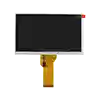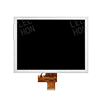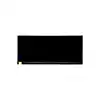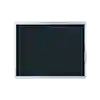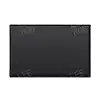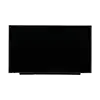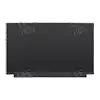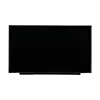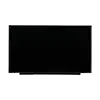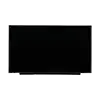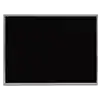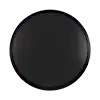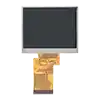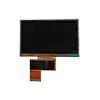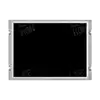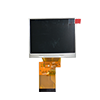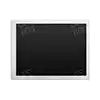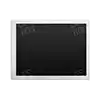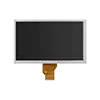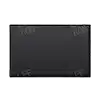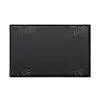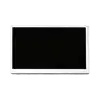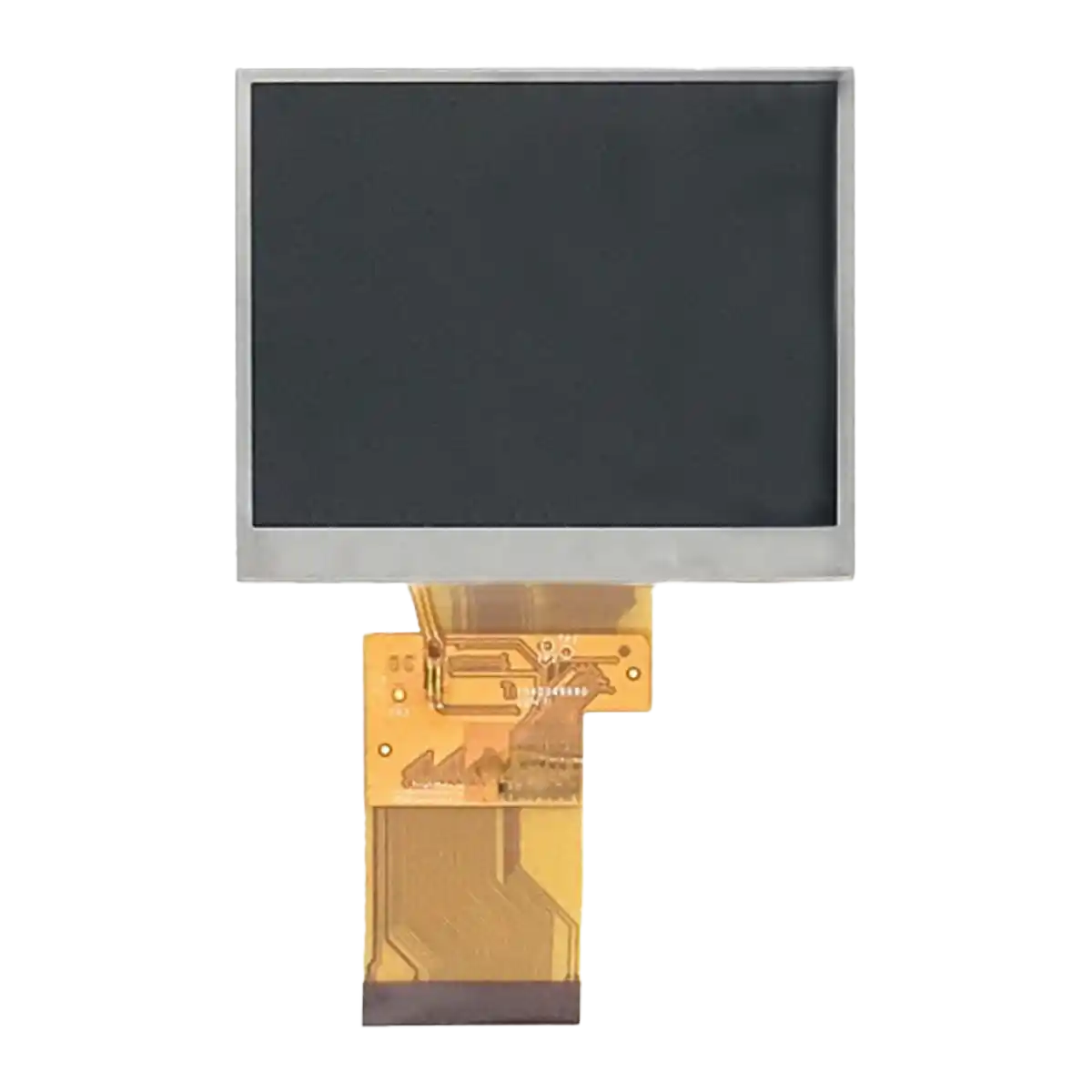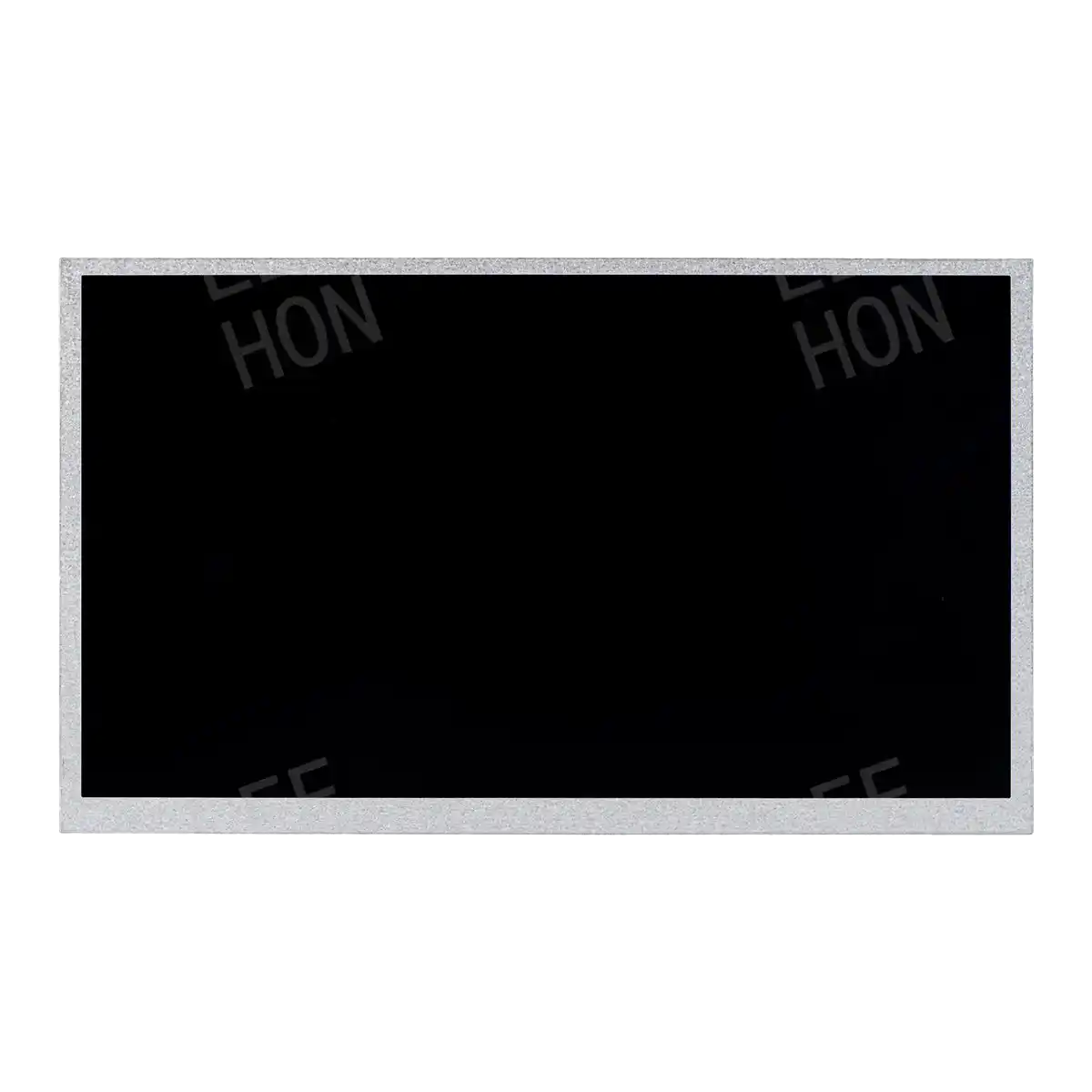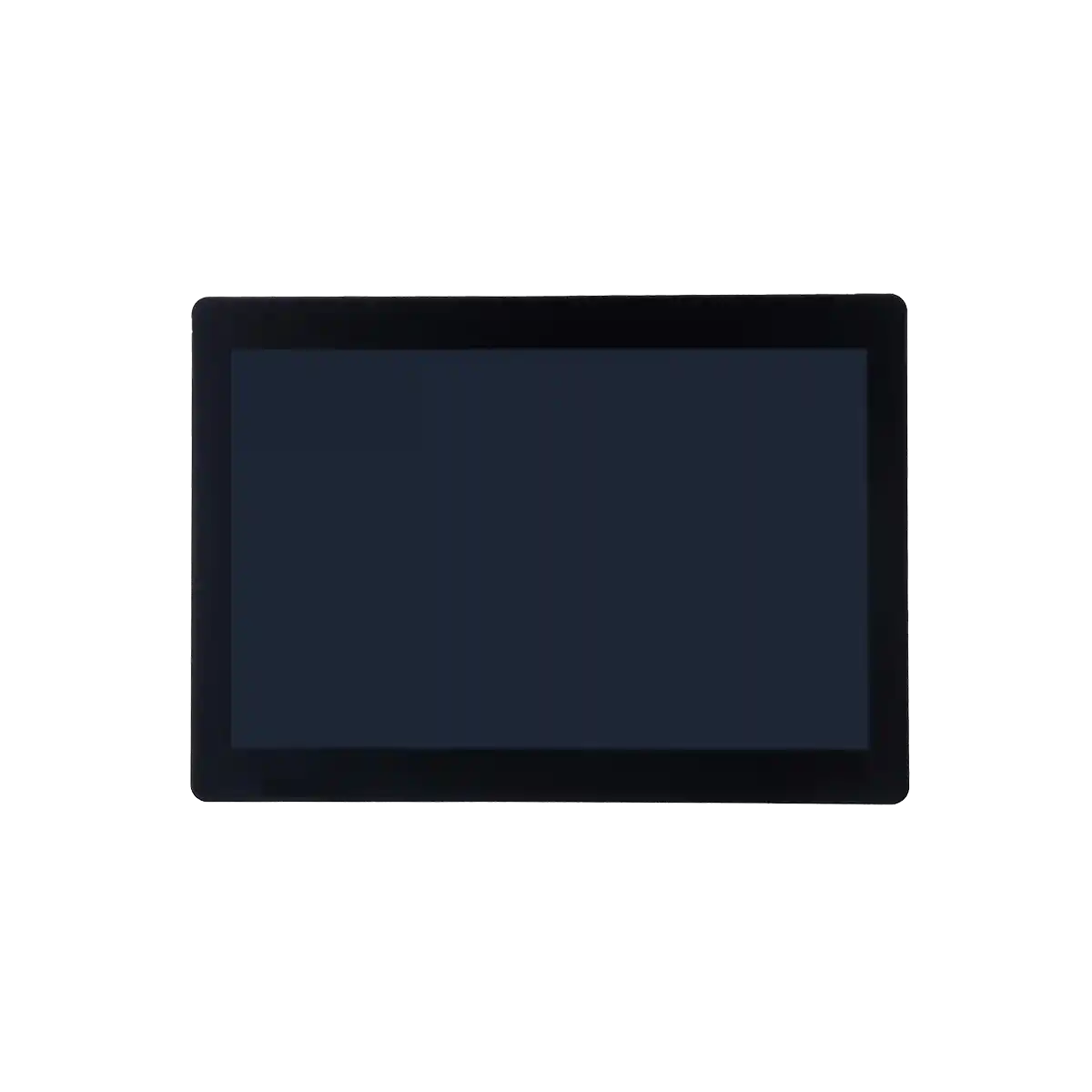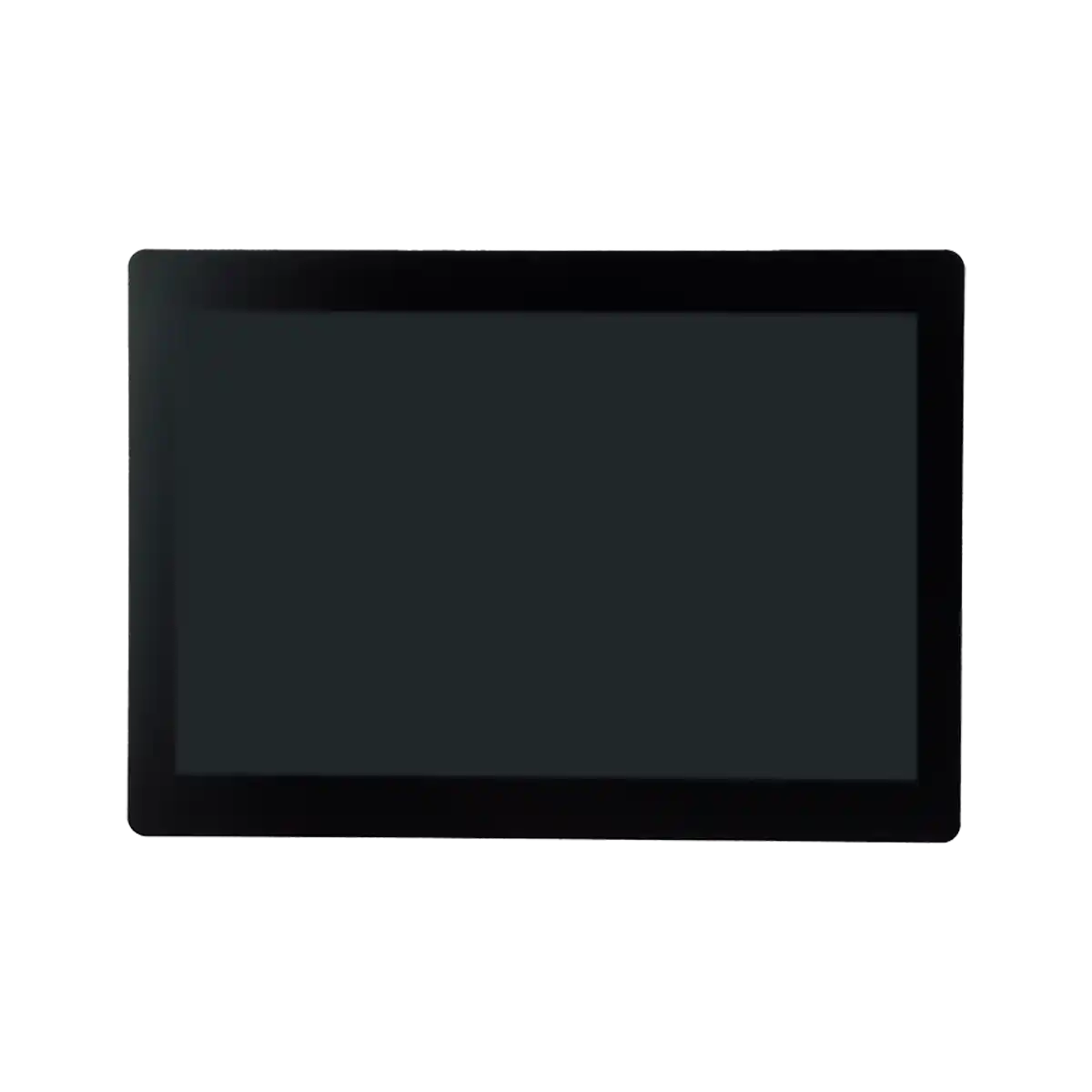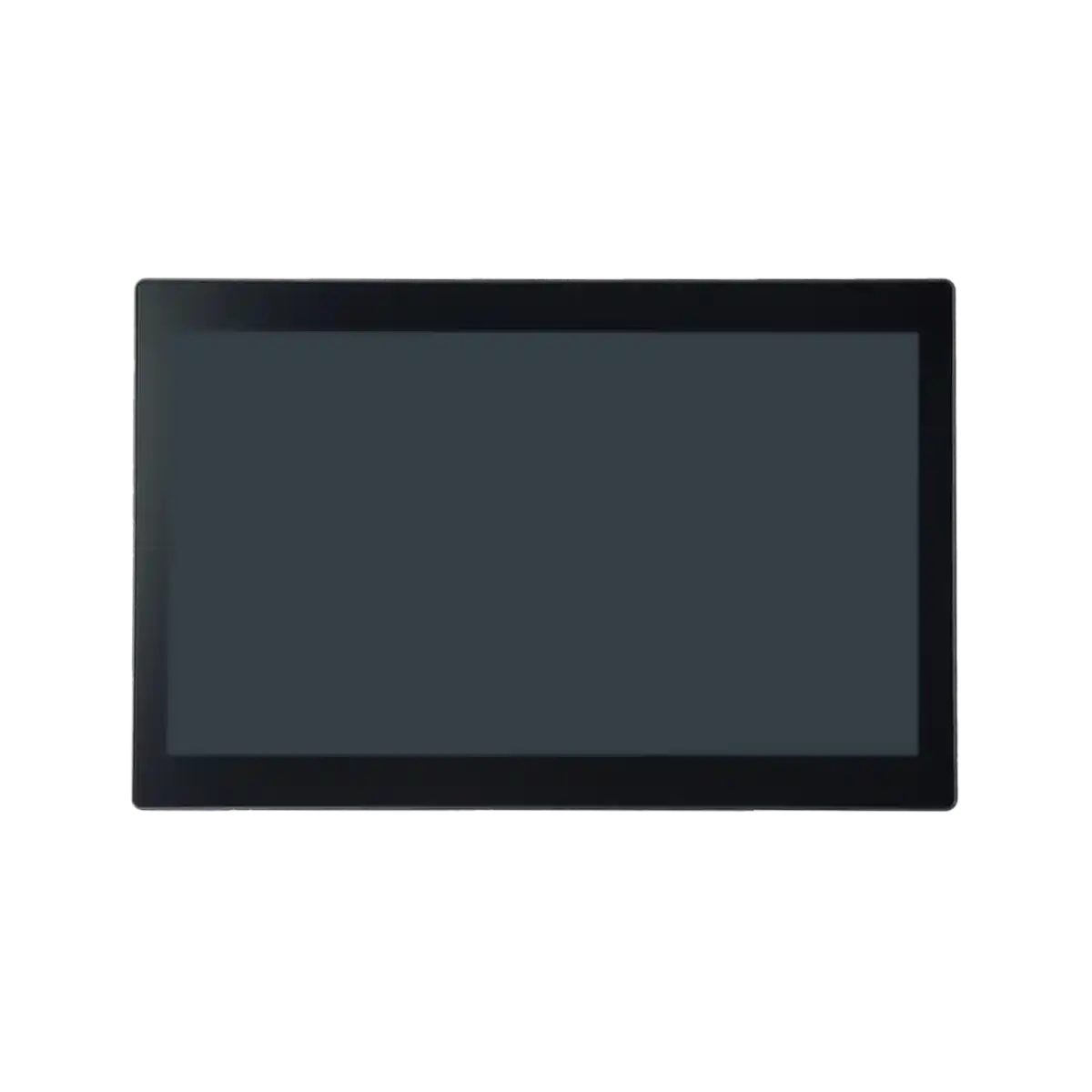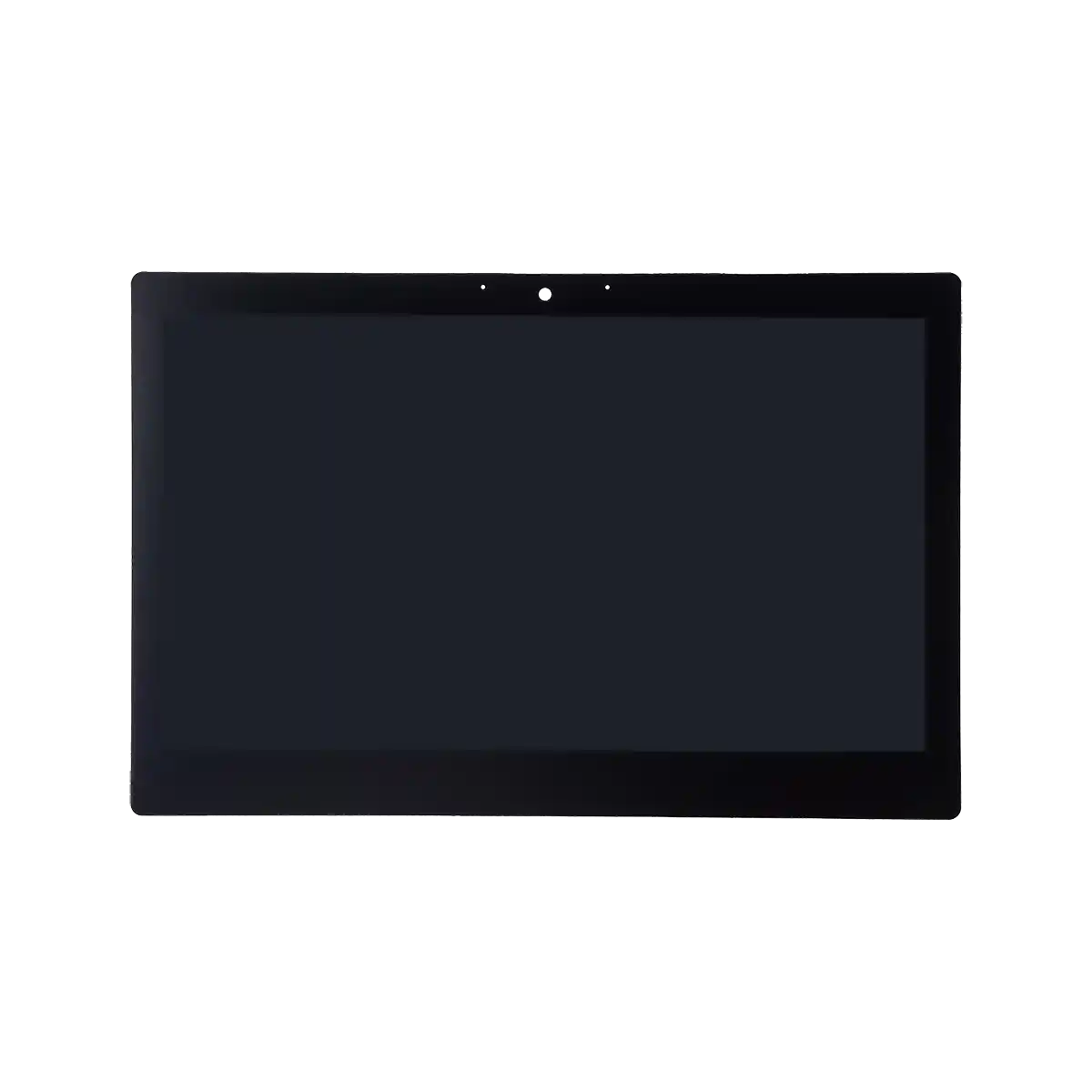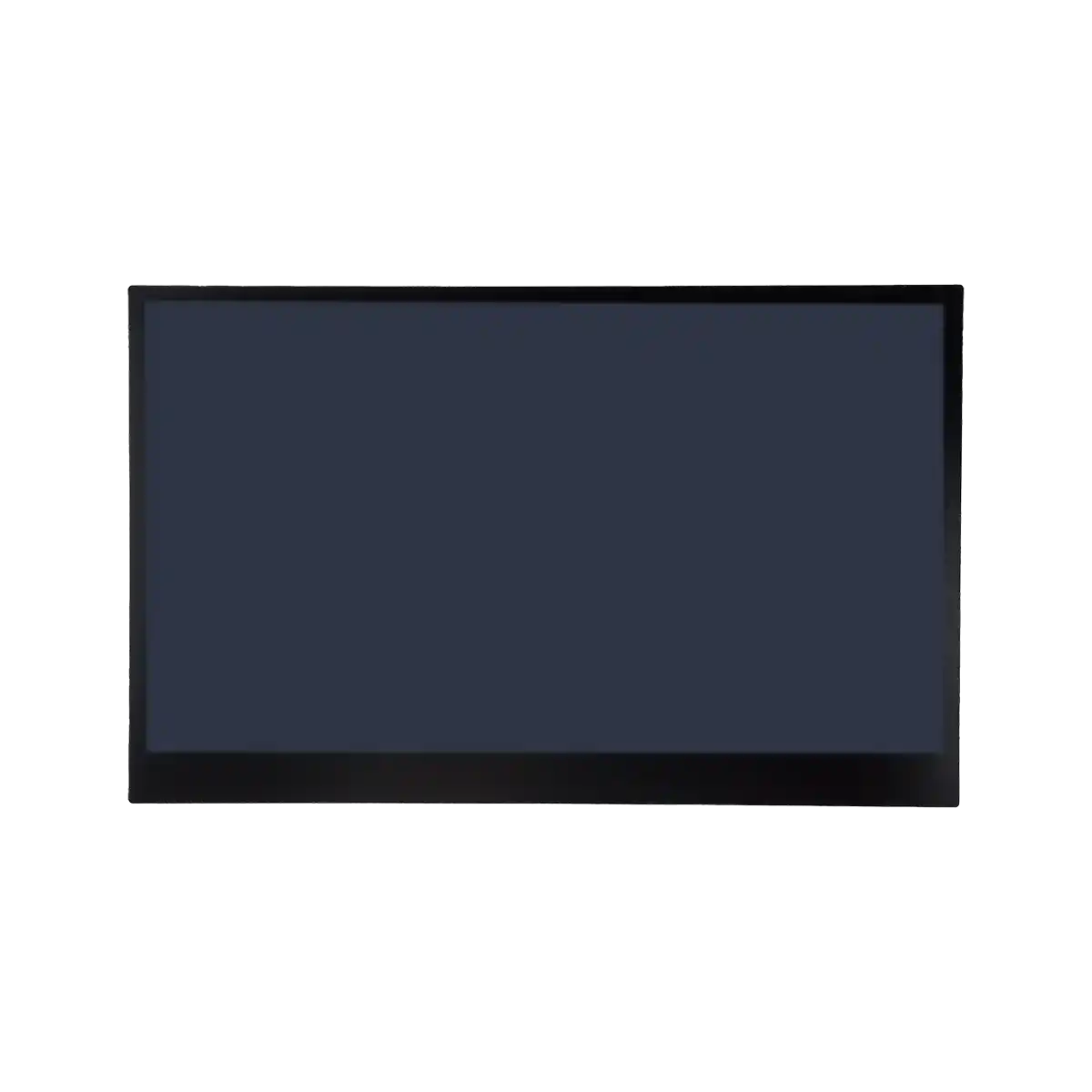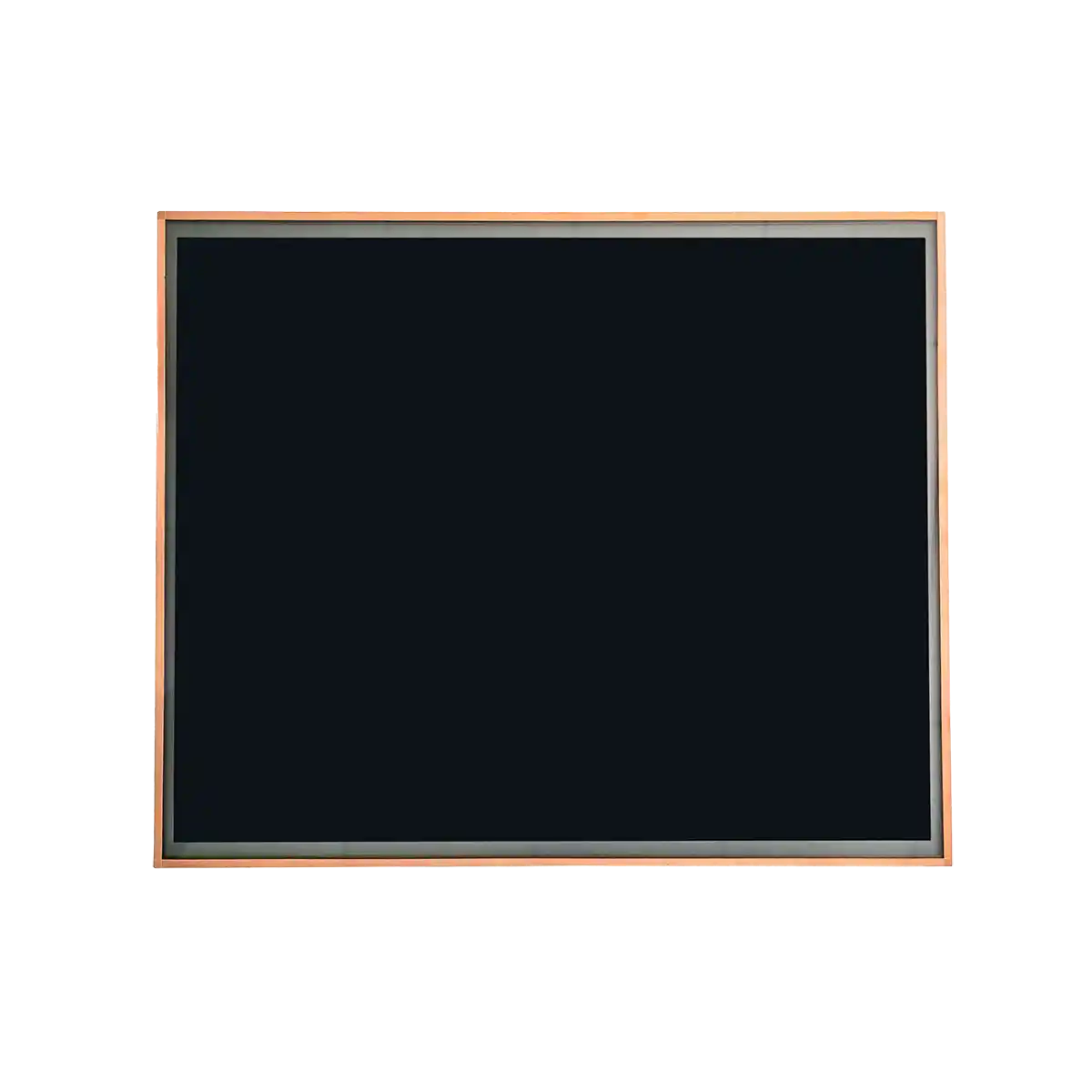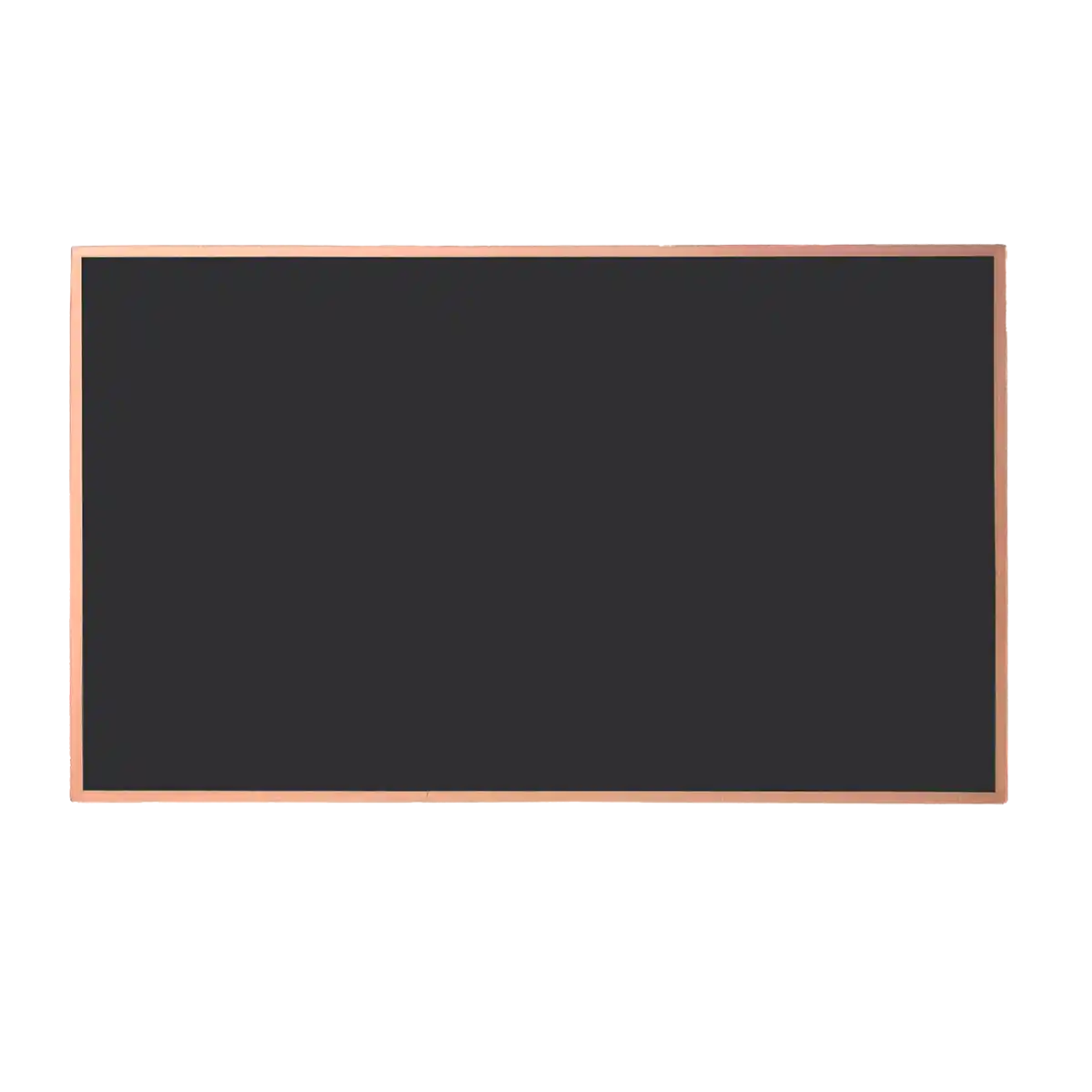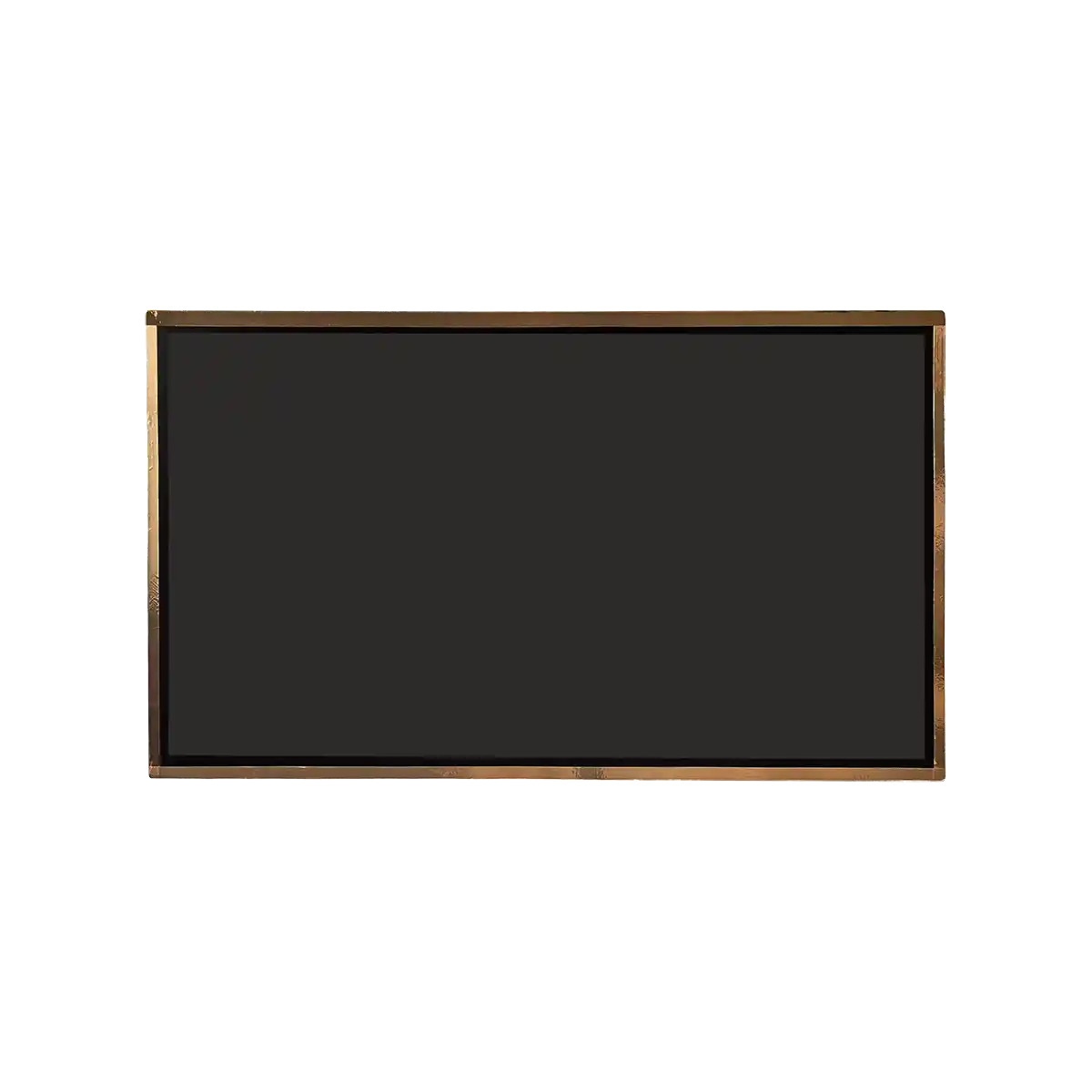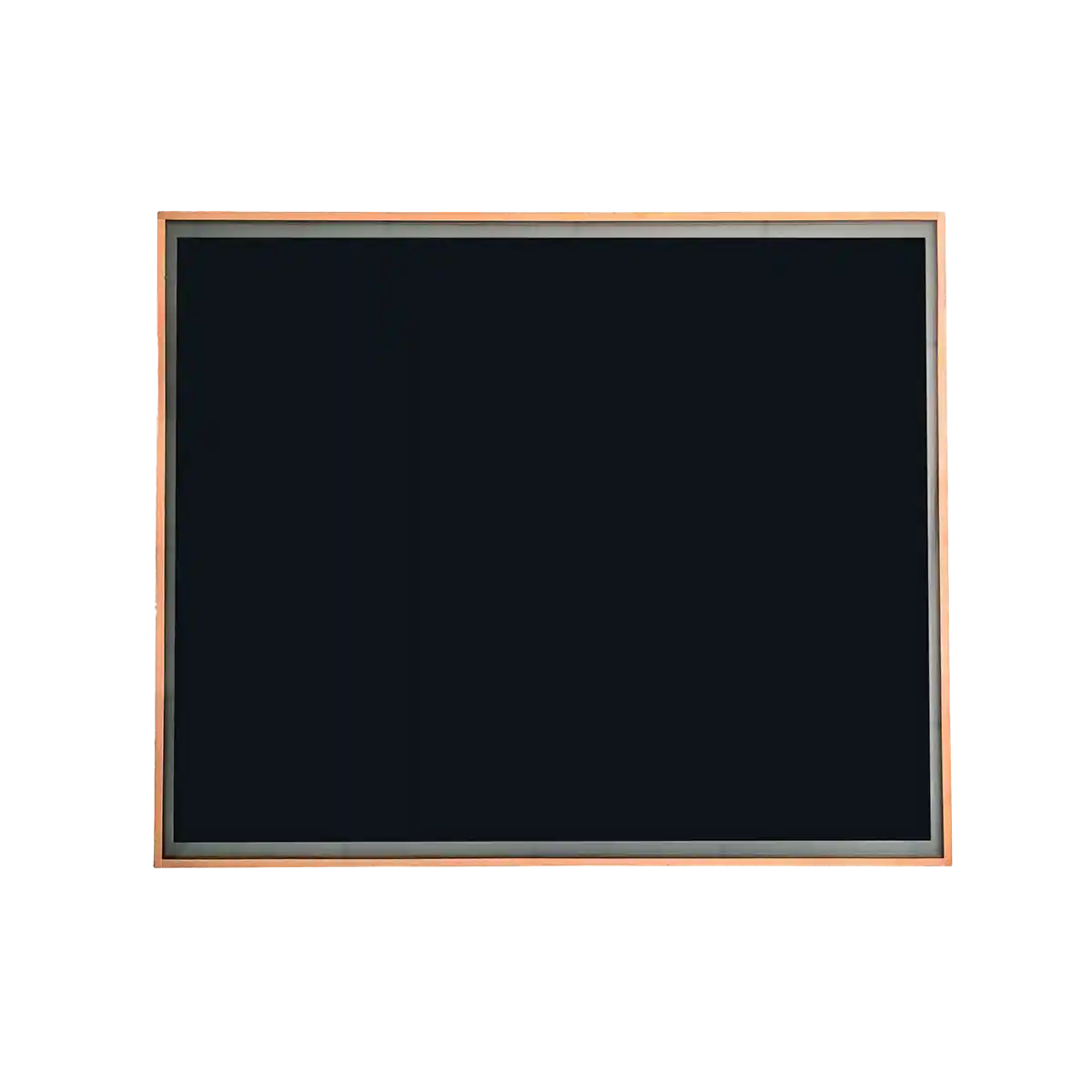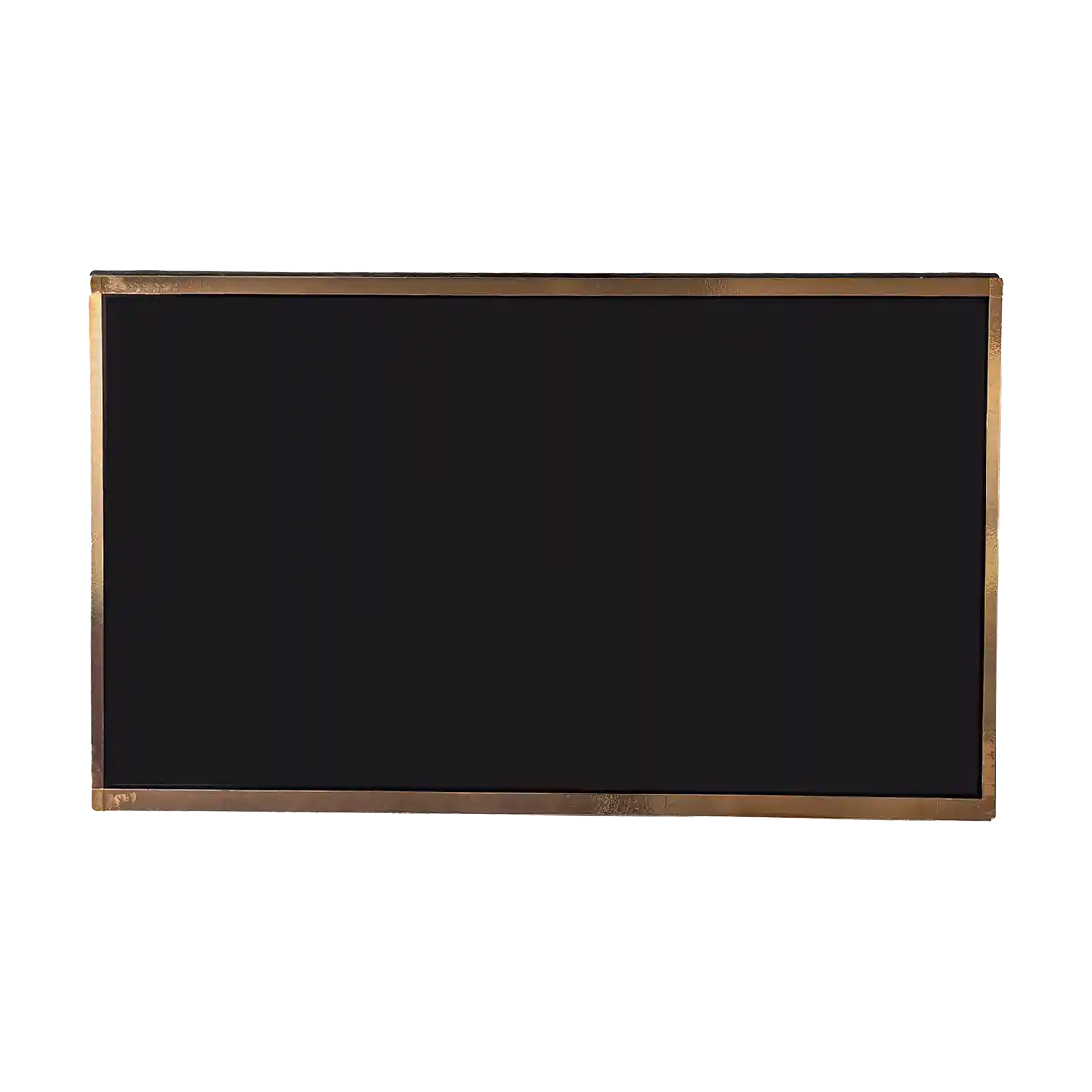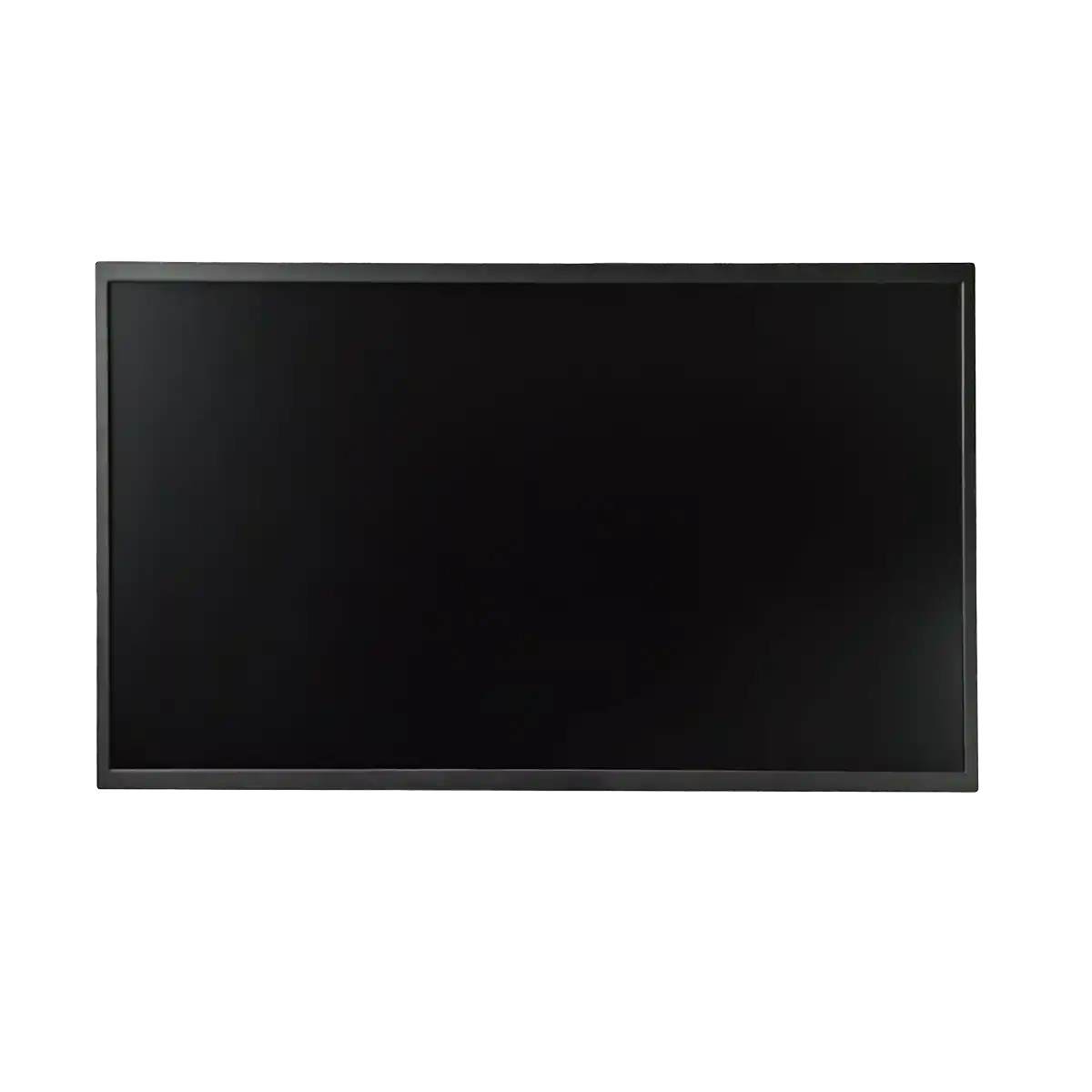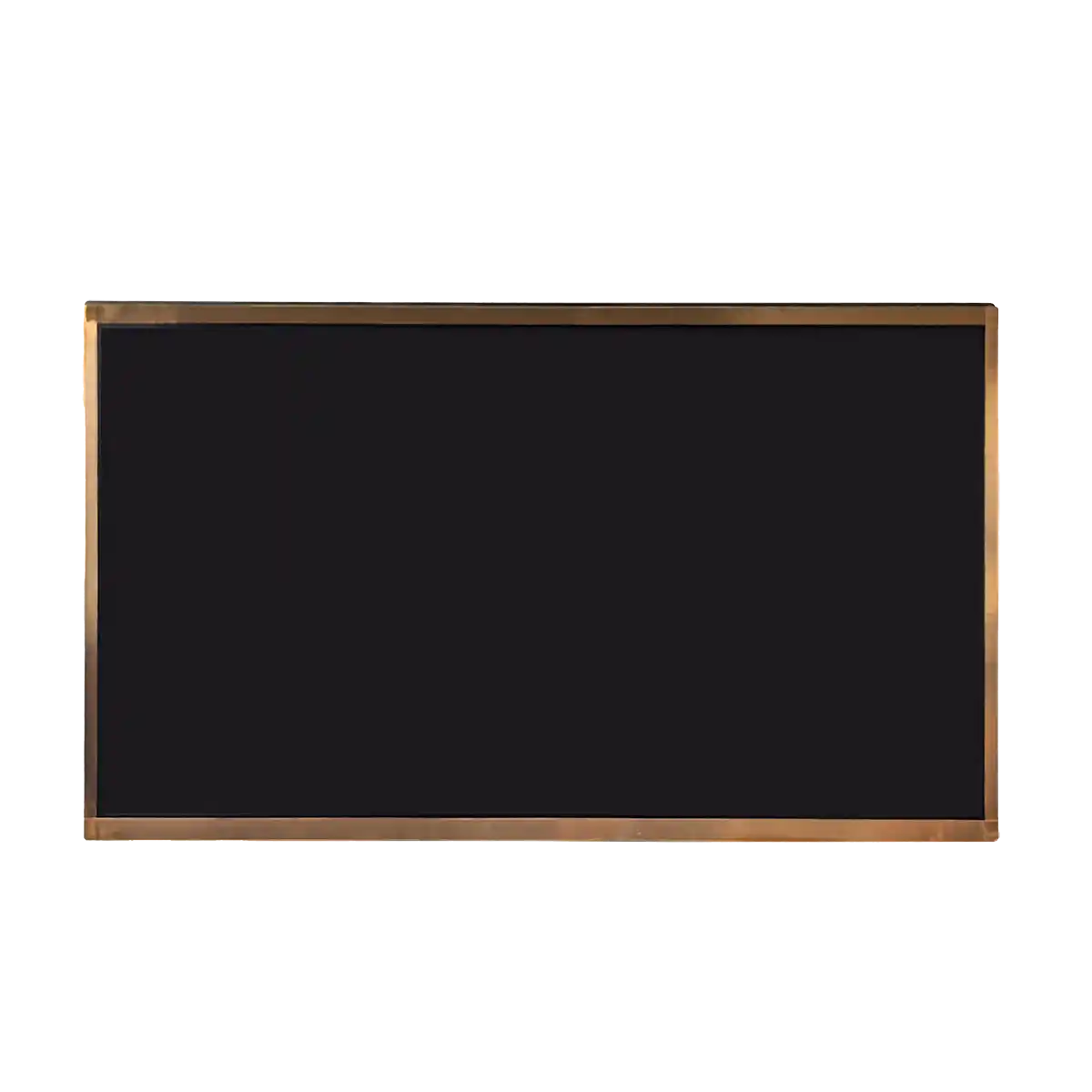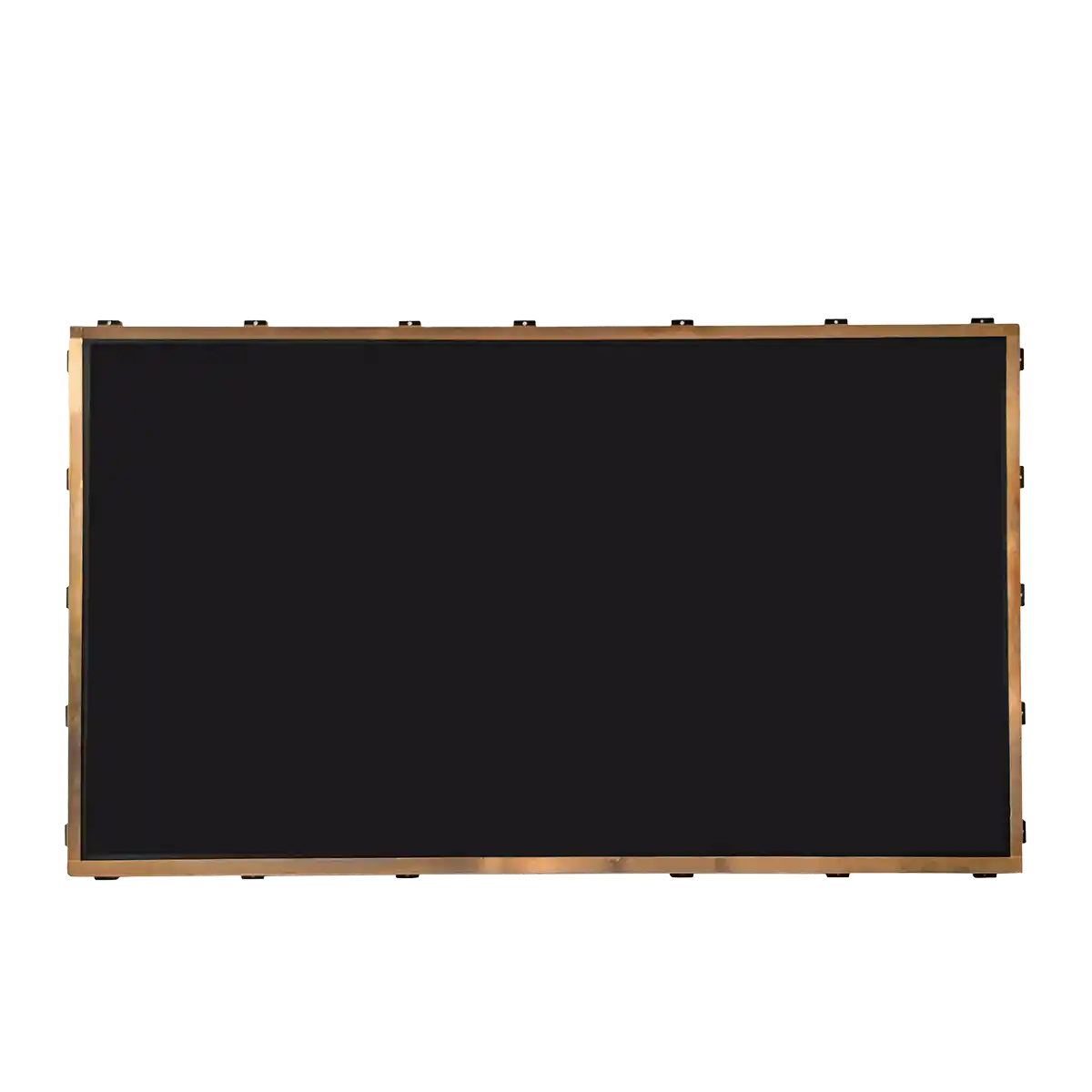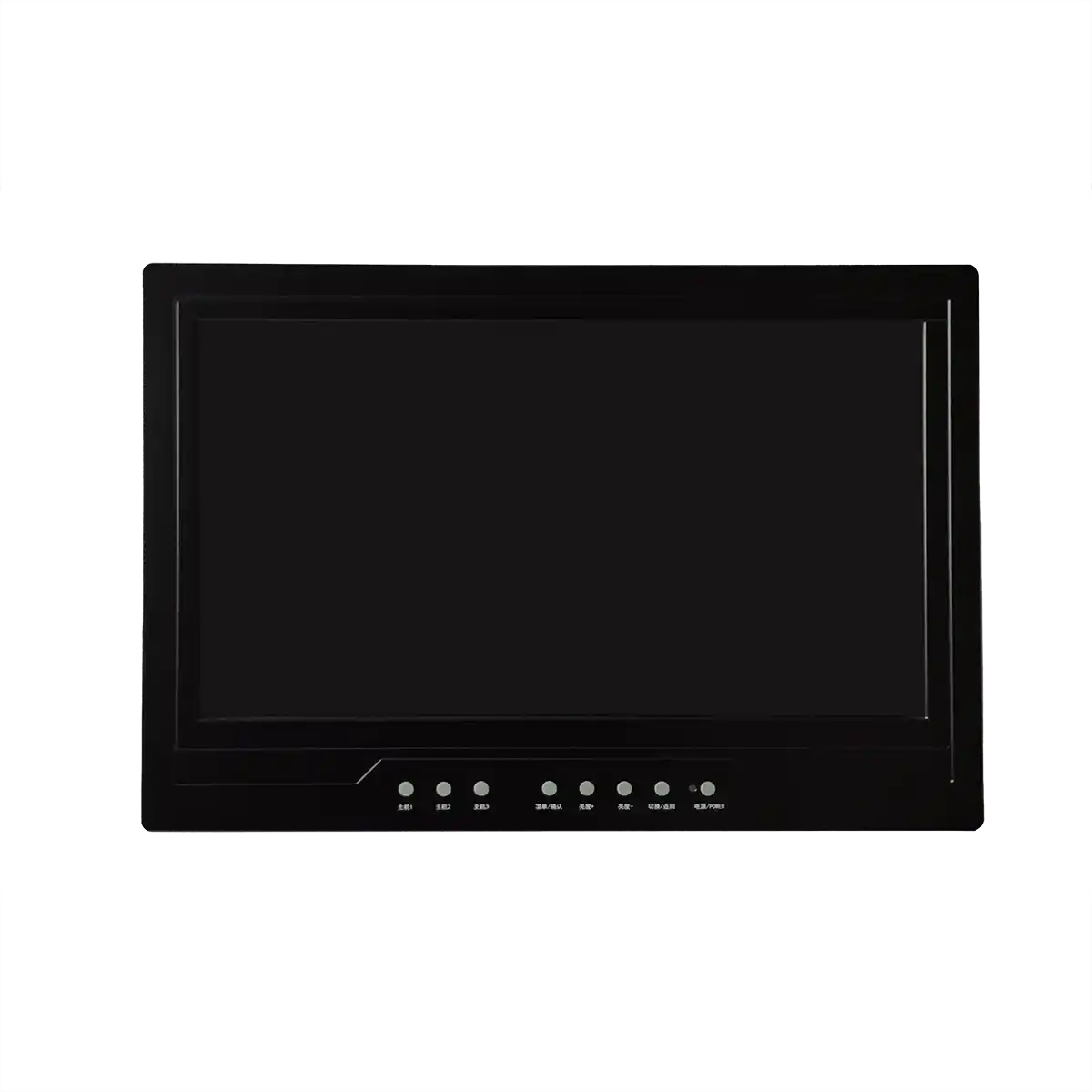The Human-Machine Interface: Enhancing Experiences with Industrial LCD Screens
Introduction
The intersection of technology and human interaction has given birth to the concept of the human-machine interface (HMI), a critical component in modern industrial automation. At the heart of this interface lies the Industrial LCD Screen, a versatile and robust display solution that has revolutionized the way humans interact with machines. Industrial LCD Screens are specialized liquid crystal display (LCD) panels designed to withstand the harsh environments and demanding conditions often found in industrial settings. These screens serve as the bridge between operators and machinery, providing real-time data, control interfaces, and diagnostic tools that enhance operational efficiency and safety.

Body
1. Functionality and Features
Industrial LCD Screens are engineered to offer high visibility, even in bright light conditions, due to their high contrast ratios and brightness levels. They often incorporate touch screen capabilities, allowing for intuitive interaction with the machine. The screens are designed with resistive, capacitive, or projected capacitive touch technologies, each suited to different industrial applications. For instance, resistive touch screens are ideal for use with gloves or stylus, while capacitive screens offer multi-touch functionality for more complex interactions.
2. Environmental Resilience
These displays are built to operate in a wide range of temperatures and are resistant to vibrations, shocks, and electromagnetic interference, which are common in industrial environments. The enclosures are typically made from robust materials such as stainless steel or aluminum, ensuring durability and longevity. Additionally, they are sealed to protect against dust, water, and other contaminants, often conforming to the Ingress Protection (IP) ratings.
3. Customization and Integration
Industrial LCD Screens can be customized to meet specific operational needs. They can be tailored in size, resolution, and interface options to fit seamlessly into existing machinery or as part of a new system design. Integration with various control systems and software platforms is facilitated through standard communication protocols such as RS-232, RS-485, Ethernet, and USB. This allows for the seamless flow of data and commands between the machine and the operator.
4. Enhanced User Experience
The user experience is significantly enhanced through the use of graphical user interfaces (GUIs) on Industrial LCD Screens. These interfaces can display complex information in an easily digestible format, using graphics, icons, and animations. This not only improves the operator's understanding of the machine's status but also aids in the quick identification of issues and the execution of necessary actions.
5. Safety and Compliance
Industrial LCD Screens are designed with safety in mind, incorporating features such as fail-safe mechanisms and emergency stop buttons. They also adhere to international standards and certifications like UL, CE, and FCC, ensuring compliance with health, safety, and environmental regulations.
Conclusion
The integration of Industrial LCD Screens into the human-machine interface has led to significant advancements in industrial automation. These displays offer a combination of high performance, durability, and user-friendliness that is essential for efficient and safe machine operation. As technology continues to evolve, the capabilities of Industrial LCD Screens are expected to expand, further enhancing the experiences of operators and the overall productivity of industrial processes.
Further Exploration
For a deeper understanding of Industrial LCD Screens, it is beneficial to explore additional topics such as the latest advancements in display technology, such as organic light-emitting diode (OLED) integration, flexible displays, and the incorporation of augmented reality (AR) overlays. Furthermore, examining the role of artificial intelligence (AI) in enhancing the decision-making capabilities of these interfaces and the potential for Industry 4.0, where smart factories leverage data and connectivity to optimize operations, provides a glimpse into the future of human-machine interaction.
By delving into these areas, we can gain insights into how Industrial LCD Screens will continue to evolve, offering even greater enhancements to the human-machine interface and driving innovation in industrial automation.
Recommended Articles
-
Are the displays in Tesla's Cyb
2024-12-10 -
Interpretation Report on AUO's
2024-12-05 -
ADS Pro: The Future of Display
2024-12-04 -
The Trajectory of South Korea's
2024-12-04 -
Practical Applications of Indus
2024-09-26 -
Hangzhou LEEHON Technology supp
2024-09-14 -
How to Check for Issues in Indu
2024-09-11 -
How does an LCD screen find ind
2024-09-11 -
What is the difference between
2024-09-11 -
In-depth analysis of the develo
2024-09-10

